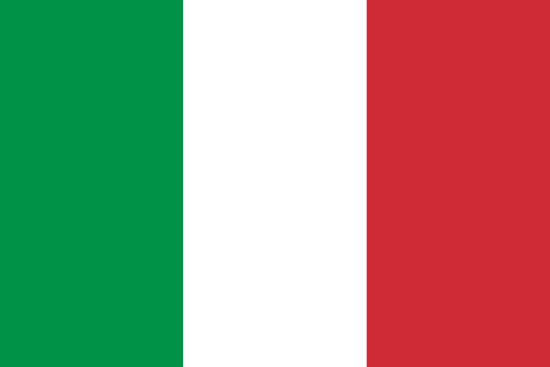"Cor magis tibi Sena pandit | Siena opens its heart to you more"
About:
Siena, a city in Tuscany, Italy, was founded by Etruscans (c. 900–400 BC). It flourished under Roman rule, and later became a major trade post during the Middle Ages. Siena's golden age (1260-1348) saw the creation of its iconic Gothic architecture and art. However, the Black Death (1348) drastically reduced its population, leading to its absorption by Florence in 1555. Despite this, Siena retained its cultural and artistic identity. Today, it's renowned for its medieval cityscape, the Palio horse race, and its significant contributions to art and architecture.
When to visit:
Siena, a charming medieval city in Tuscany, Italy, is best visited during the summer months from June to August when the weather is warm and pleasant. This period coincides with the famous Palio di Siena, a historic horse race held twice a year in the city's main square, Piazza del Campo. The event draws large crowds and offers a unique cultural experience for visitors. It is advisable to book accommodations well in advance and be prepared for higher prices during this peak tourist season.
When to avoid:
The worst time to travel to Siena, Italy on a holiday is during the peak summer months of July and August. During this time, the city experiences extremely high temperatures, reaching up to 90°F (32°C), making it uncomfortable for outdoor activities and sightseeing. Additionally, these months attract the highest number of tourists, leading to overcrowded streets, long lines at popular attractions, and inflated prices for accommodations and dining. To avoid the crowds and heat, it is advisable to visit Siena during the shoulder seasons of spring (April to June) or fall (September to October) when the weather is mild, and the city is less crowded.
Winter Season (Dec-Feb)
In winter (Dec-Feb), Siena experiences its coldest season, with temperatures dropping to lows of 1°C. Rainfall is moderate, averaging 50-60mm per month. Sunlight is limited to about 3-4 hours per day due to heavy cloud cover. The city often wakes up to frosty mornings, but snow is rare. Visitors can expect chilly, damp days, often overcast, with occasional sunny spells. It's a good time to explore indoor attractions like Siena Cathedral or local museums, while enjoying hot Italian coffee in cozy cafes.
"Summer (June-August)"
In Siena, Italy, the warmest part of the year falls between June and August, with July being the hottest month. During this period, the average high temperature ranges from 28°C to 32°C (82°F to 90°F). Rainfall is minimal, averaging about 30-40mm per month, making it the driest season of the year.
The city experiences approximately 10-11 hours of sunlight per day, with a relative humidity of around 60-70%. Cloudiness is generally low, resulting in clear, blue skies most days.
A typical day for a visitor during this season feels hot, especially in the afternoon. Mornings and evenings are more comfortable, perfect for exploring the city. The low rainfall and high sunlight hours make it an ideal time for outdoor activities. Despite the heat, the humidity is relatively low, so it doesn't feel overly sticky or uncomfortable. The clear skies provide great opportunities for photography and enjoying the beautiful architecture and landscapes of Siena.
Language:
In Siena, Italy, the most commonly spoken language is Italian. More specifically, many locals speak a variant of the Tuscan dialect, which is known for being the basis of Standard Italian. English is also widely spoken, especially among younger generations and in areas frequented by tourists.




